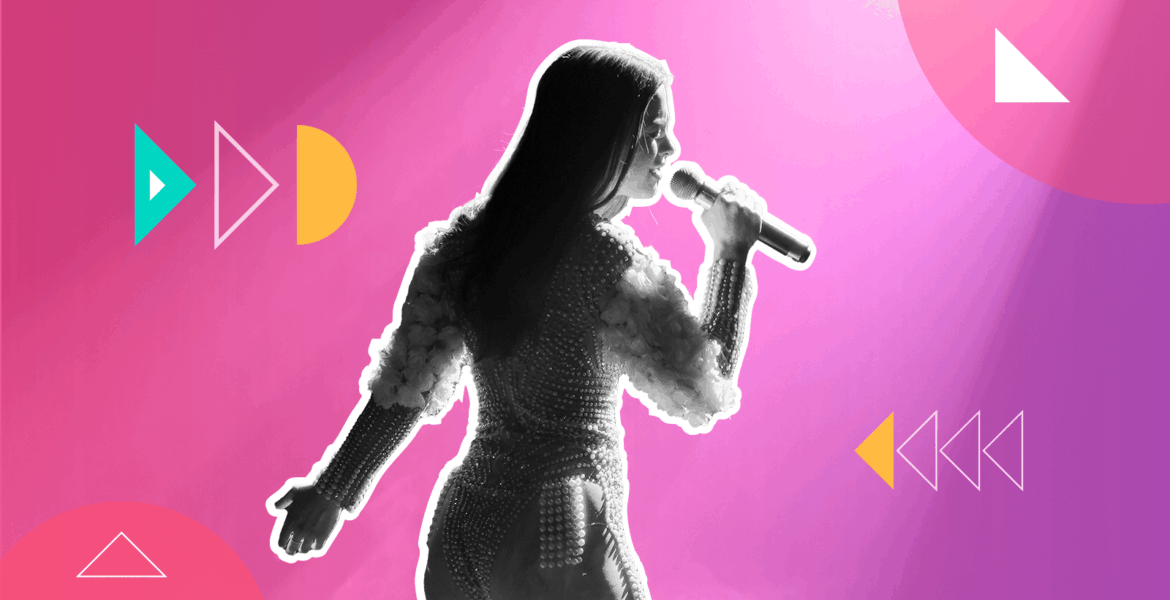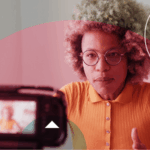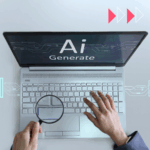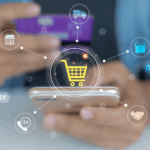By Will Dowdy, VP Global Partnerships at AEG Presents
The live music industry performed at its very best in 2024. We saw some record-breaking tours from global stars across multiple genres and a strong presence of internationally renowned acts gracing our European festival stages.
Music matters to people – and that appetite to ‘be there’ at the heart of those key pop culture moments – has not only driven extraordinary ticket sales and audience engagement but also intensified brand interest in sponsorships and partnerships.
Brands are just as keen to get involved with live events as consumers. Last year, we worked with nearly 300 different brands across our world-class venues and events, showing the scale of demand from both legacy sponsors and new entrants. With IPA Bellwether data revealing that marketers have revised events budgets up three years in a row, live events are becoming central to many brands’ overall marketing strategies, but what’s the draw?
Access to hard-to-reach audiences
As audiences become harder and more expensive to reach due to the fragmentation of traditional media, and social media continues to dominate the time and attention of many audiences, live events offer something different.
Live events offer an opportunity for brands to connect with young, affluent audiences and ‘tastemakers’, giving brands the opportunity to gain traction with those who are really driving the latest cultural trends.
For this reason, legacy sponsors from the drinks, finance and telecoms industry find themselves side-by-side with industry ‘disruptors’, including ride-share apps and gaming companies. All have the chance to engage with festivalgoers face-to-face, engendering stronger relationships than you can establish with a few seconds on a screen.
Deeper integration with marketing strategies
Partnerships can now be woven seamlessly into a brand’s broader marketing strategy. Whatever the objective, whether it is to raise awareness, increase consideration, reward or build loyalty or increase favourability with audiences, the broad options for activation can be combined with activities on other channels to increase impact.
Where short digital interactions limit the opportunity to deliver key messages, festival partnerships allow brands to truly connect with fans on issues that are important to them. Our partners champion everything from ESG interests to diversity, equity and inclusion (DEI) initiatives.
For example, L’Oréal Paris used festivals as its key communication channel to promote its hugely inspiring ‘Stand Up’ campaign, which calls out street harassment. Similarly, where automotive brands used to focus their marketing campaigns on TV or sport sponsorships, electric vehicle manufacturers, such as CUPRA and Volvo, are capitalising on the opportunity to engage directly with a progressive and open-minded audience at festivals and are baking this into their core strategies.
Festivals help brands to reveal their playful side
Festivals are all about fun – for both festivalgoers and brands. The brands that activate in exciting and engaging ways find that fans are not just passing through their brand activations, they are actively seeking them out. A great activation can add so much colour to the festival experience, leaving fans with unforgettable memories tied to the brands that took their day to the next level.
Recently, brands have been embracing new levels of interactivity and immersion, in line with consumer excitement around digitally enhanced experiences. Last year, technology was the name of the game, with augmented reality (AR), virtual reality (VR) and gamification all central to many brands’ activation strategies.
The rise of programmatic and personalisation
The use of cutting-edge technology to enhance fan engagement has also advanced drastically. At AEG Europe, tools like AXS’s digital platforms provide a seamless, personalised ticketing experience for fans, with quality content that can be intelligently targeted so that we can communicate with fans before, during and after an event, aiding the fan experience and extending the longevity of the opportunity for engagement.
One example of a brand that expertly utilised these advancements to its advantage is Uber, which chose to launch its membership community, Uber One, at our festivals last summer. Not only could Uber offer tickets to sold-out shows as a great reward for existing customers, but we could also manage the digital communications and significantly reduce its cost per acquisition.
Proving effectiveness
With increasing investment in live event sponsorships, our brand partners demand robust measurement to assess the impact. Advances in data analytics have enabled us to evaluate the performance of sponsorships and activations more deeply across multiple metrics, including brand awareness, perception shifts and purchase intent.
Data from our post-festival surveys conducted after the likes of American Express presents BST Hyde Park revealed that brand consideration, trust and belonging increased when attendees recalled partnerships, and even further when they engaged with the partner activations onsite.
Average consideration among attendees who recalled a partner was 46% – a significant 60% uplift compared to those who did not. Even more compelling – engagement on-site with a partner drove consideration to 62%, a further 34% increase.
As events continue to be the main area of marketing budget growth by quite some margin, the spotlight on partnerships only grows brighter. Partnerships have often been misunderstood and seen primarily as a badging exercise, but they offer so much more than that. The more brands embrace and embed themselves into festival environments, the more they see what they have been missing.







